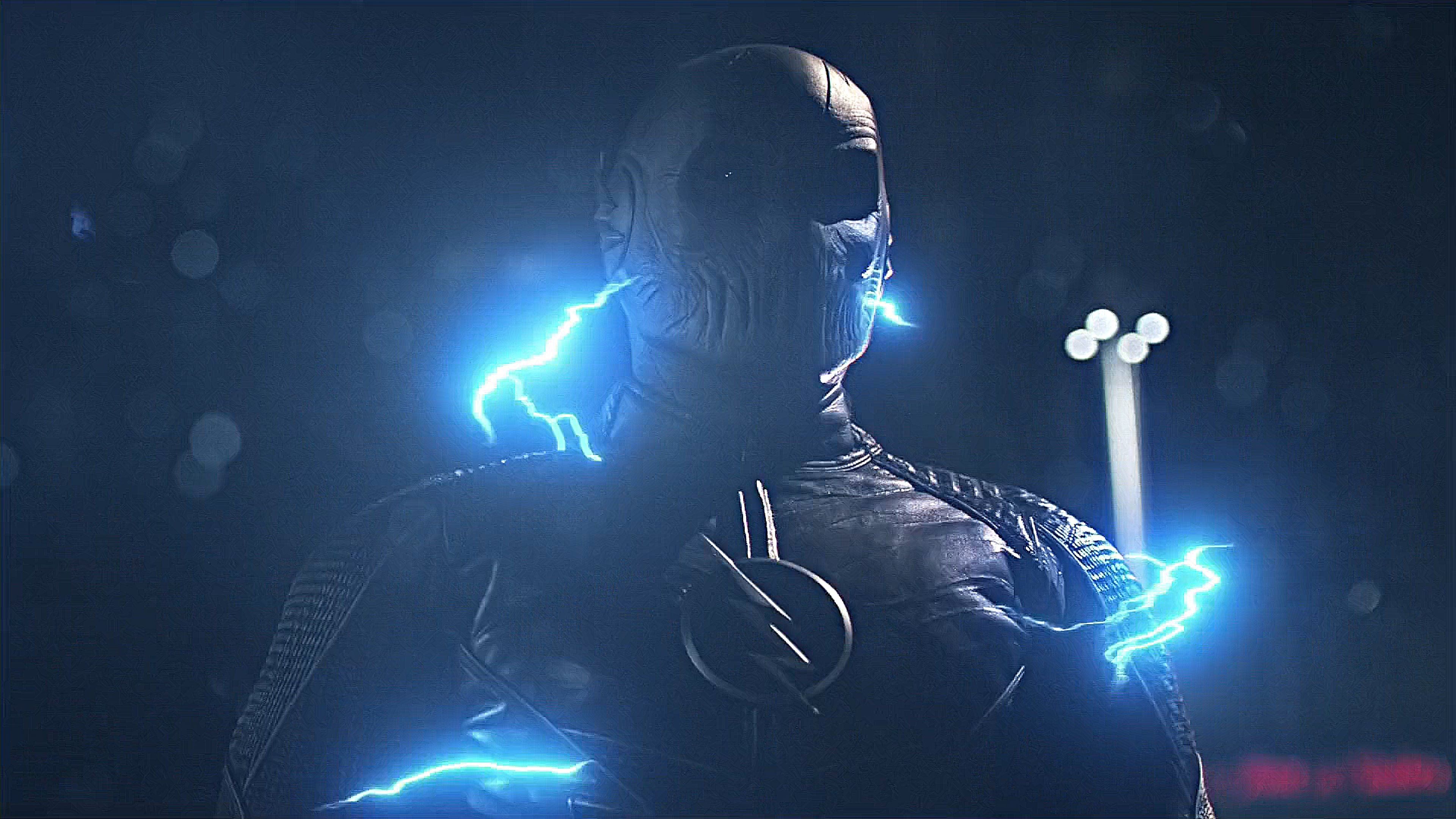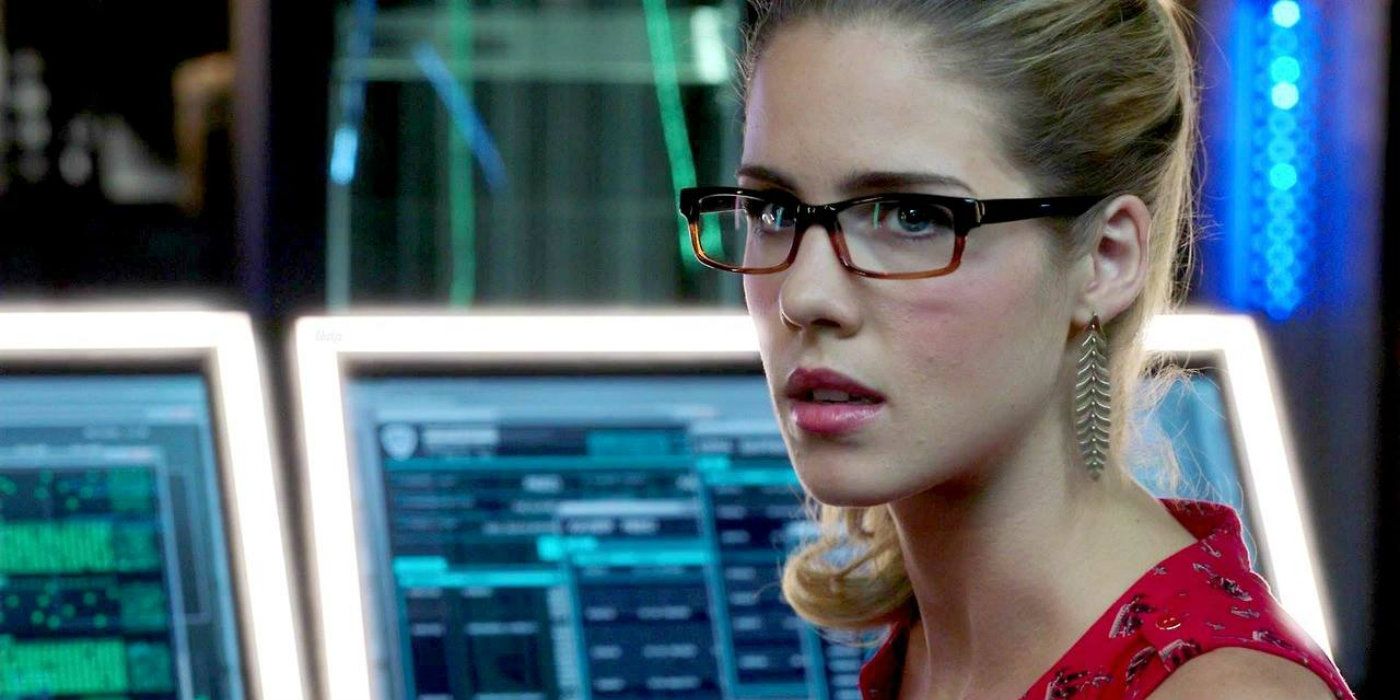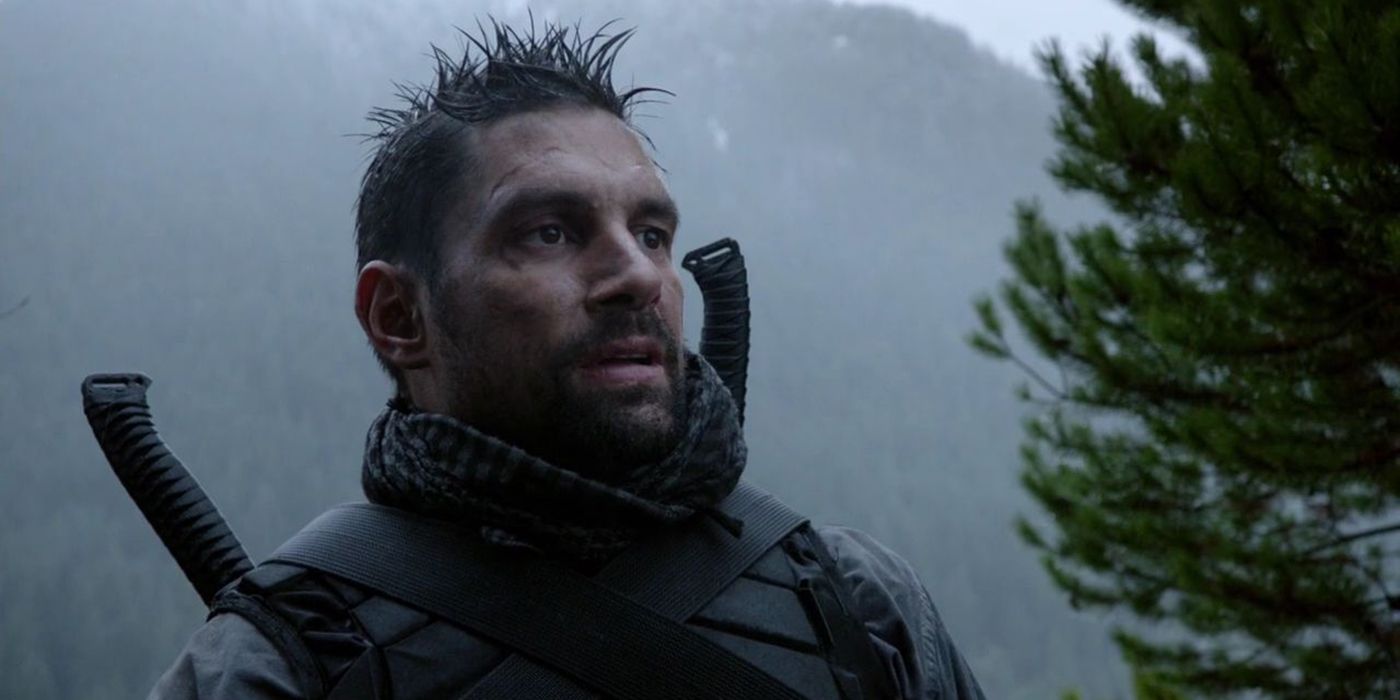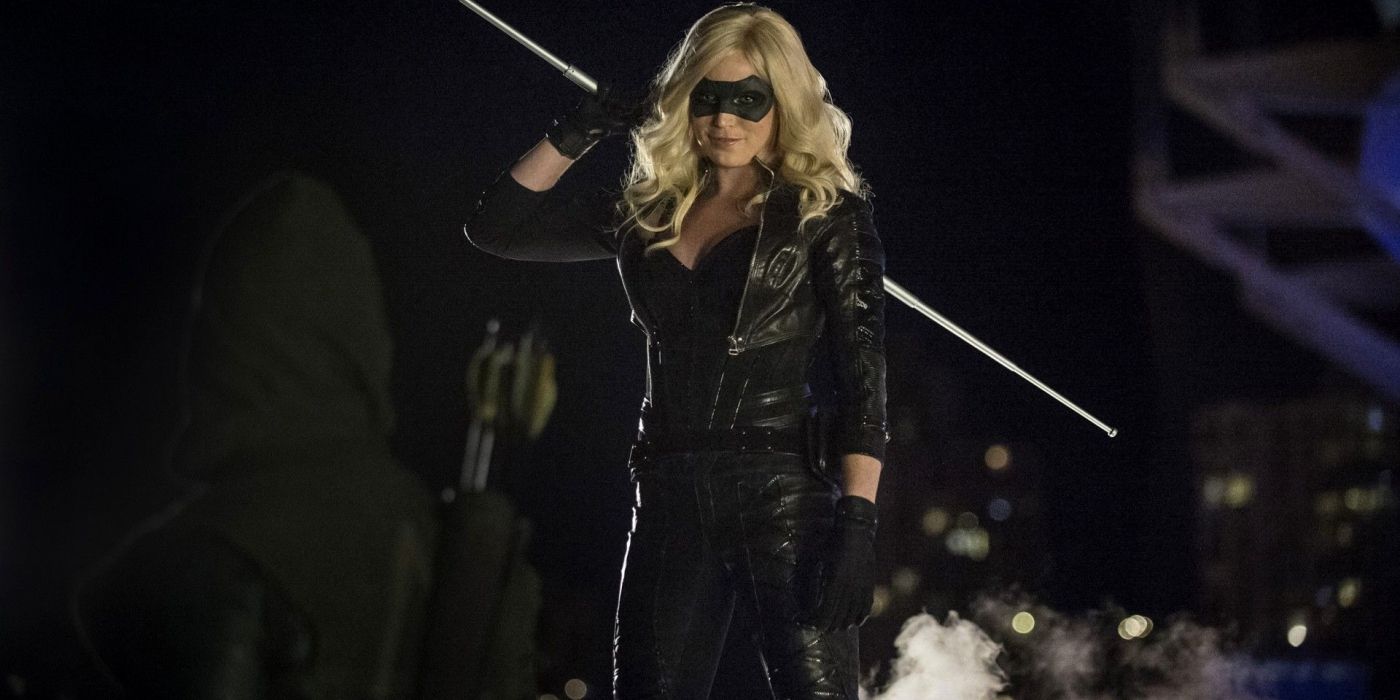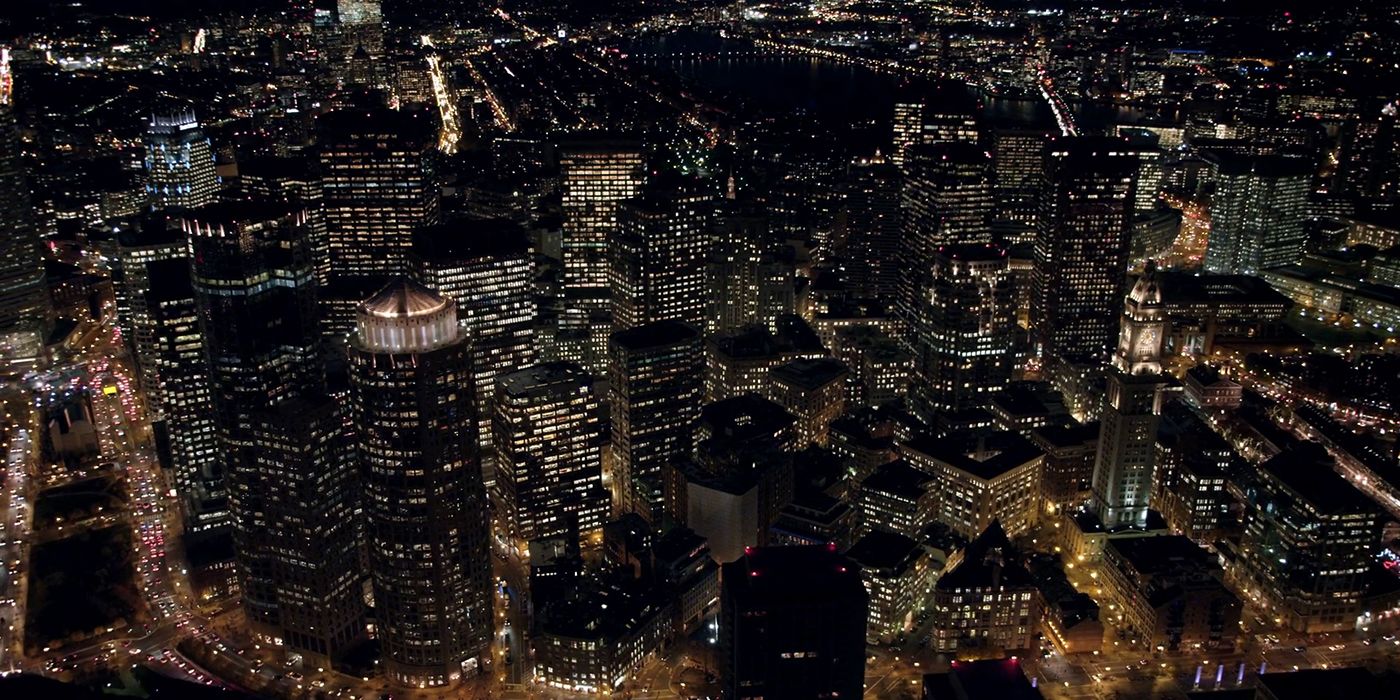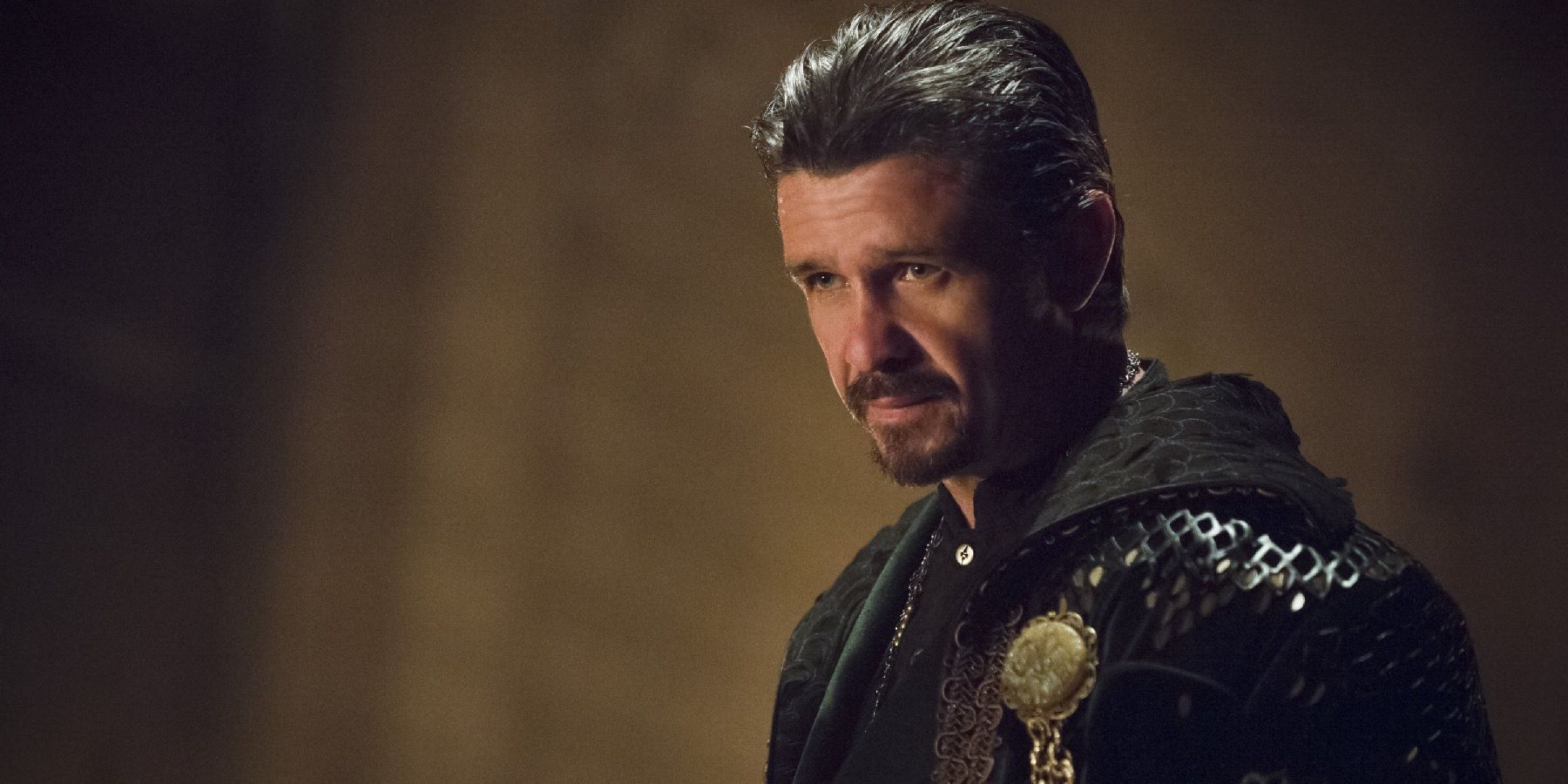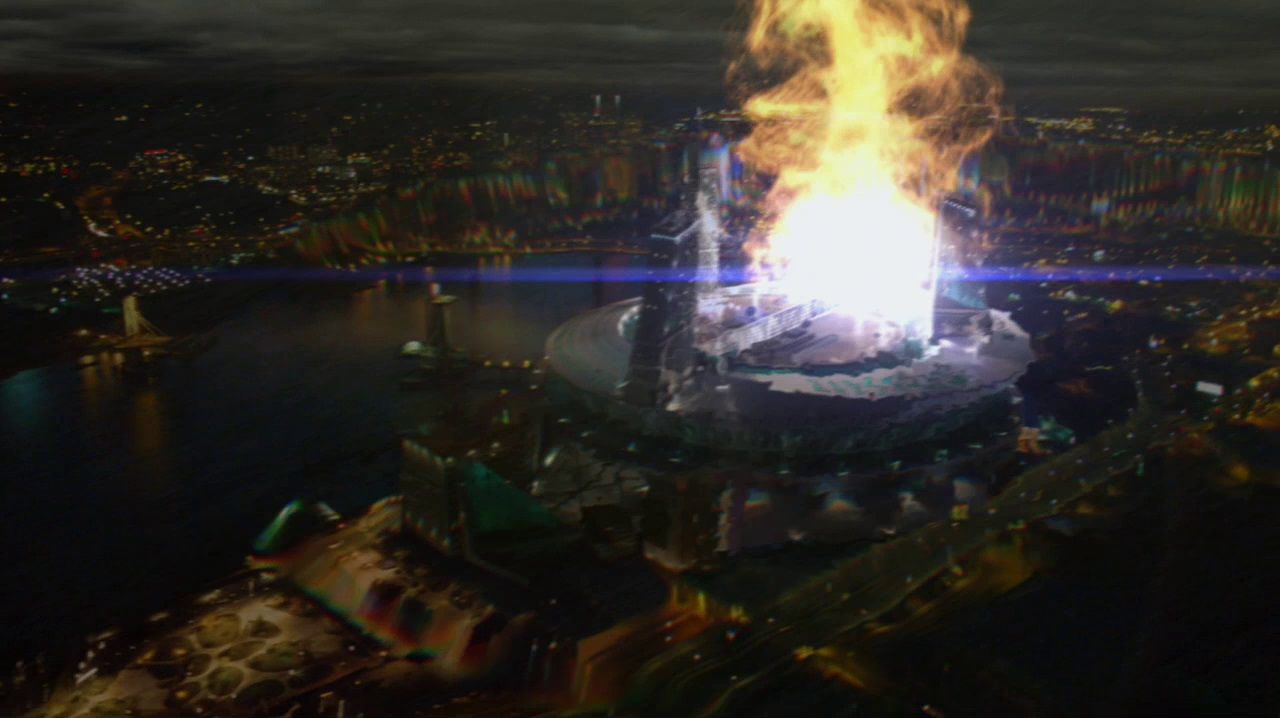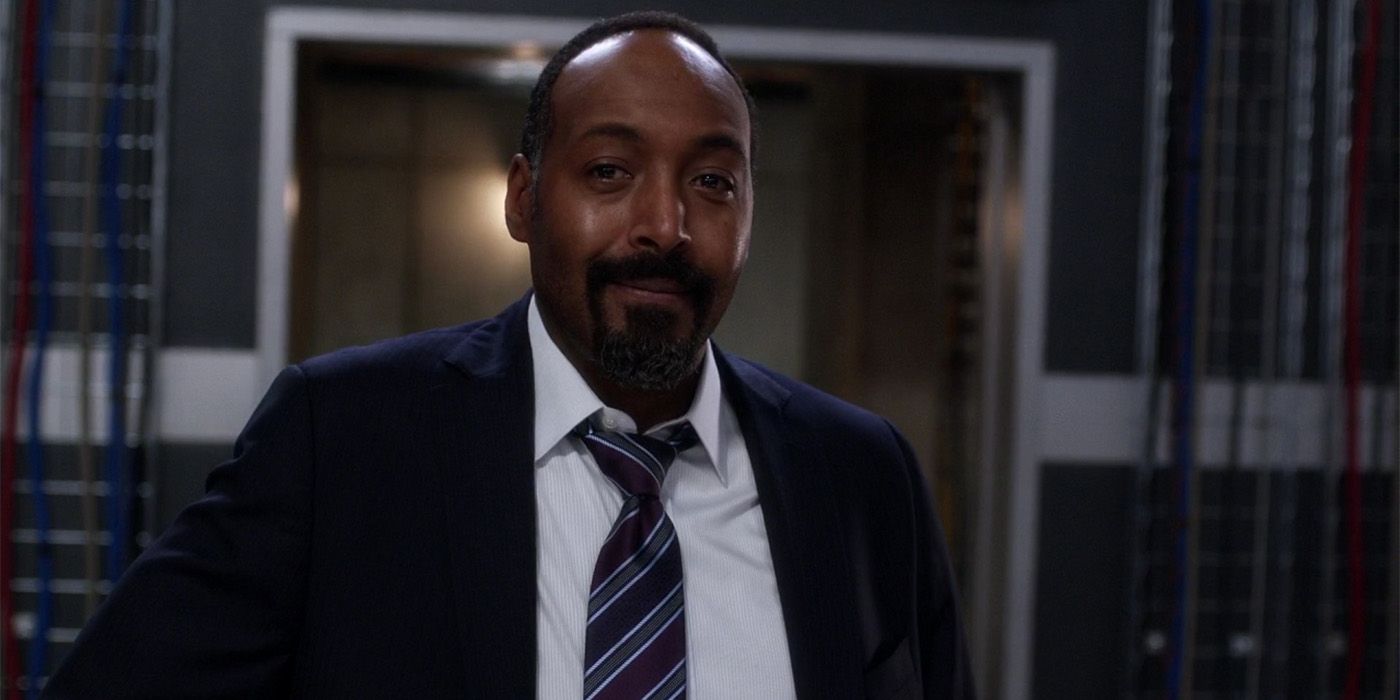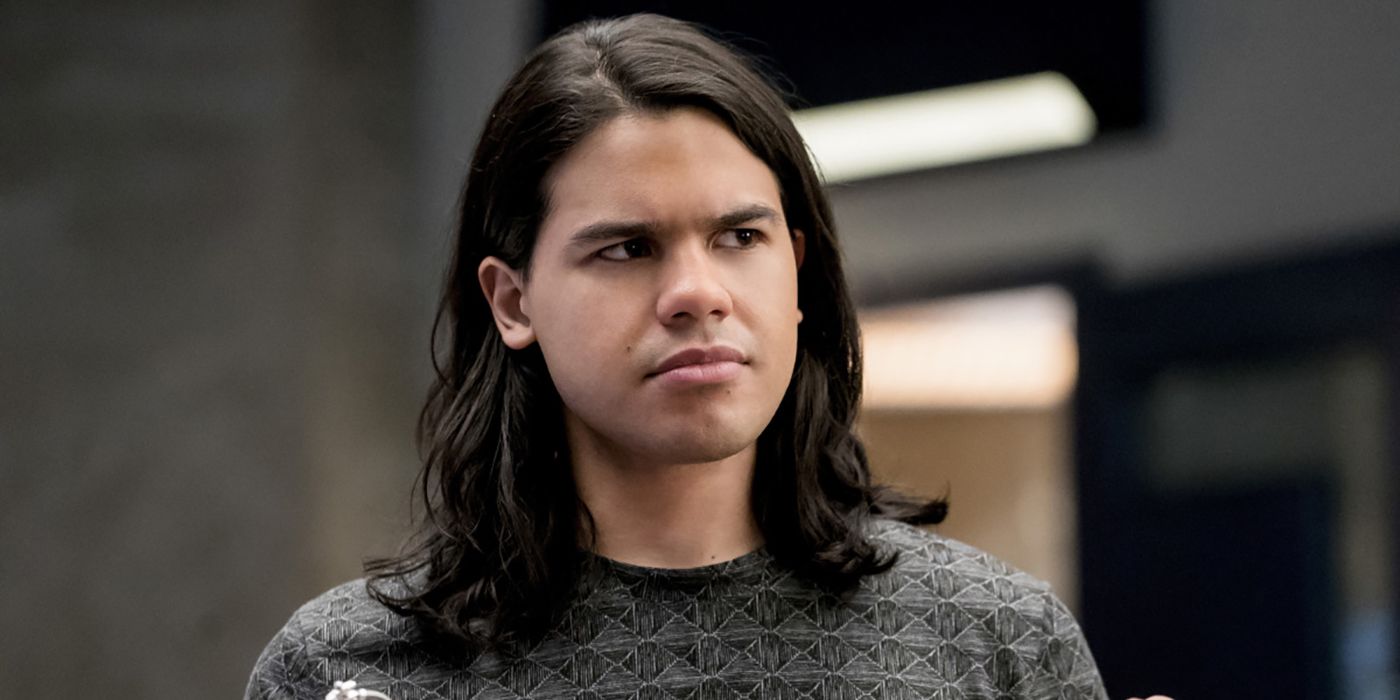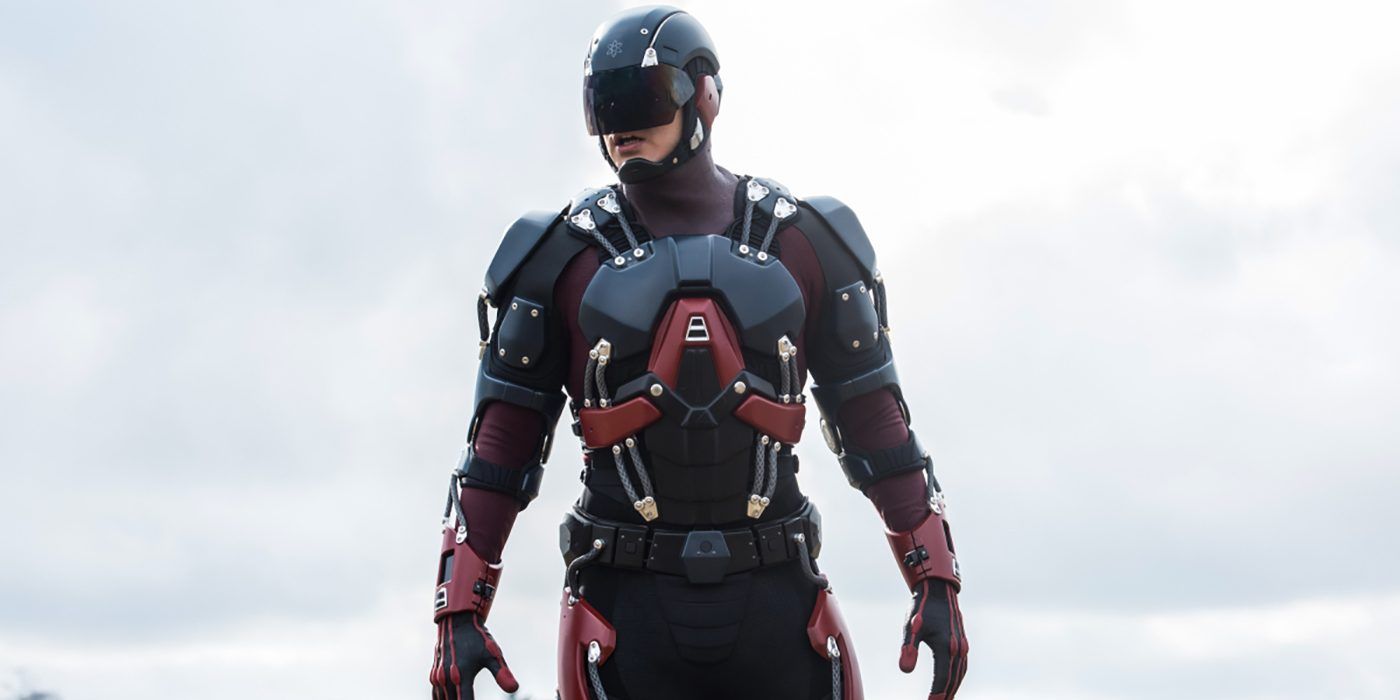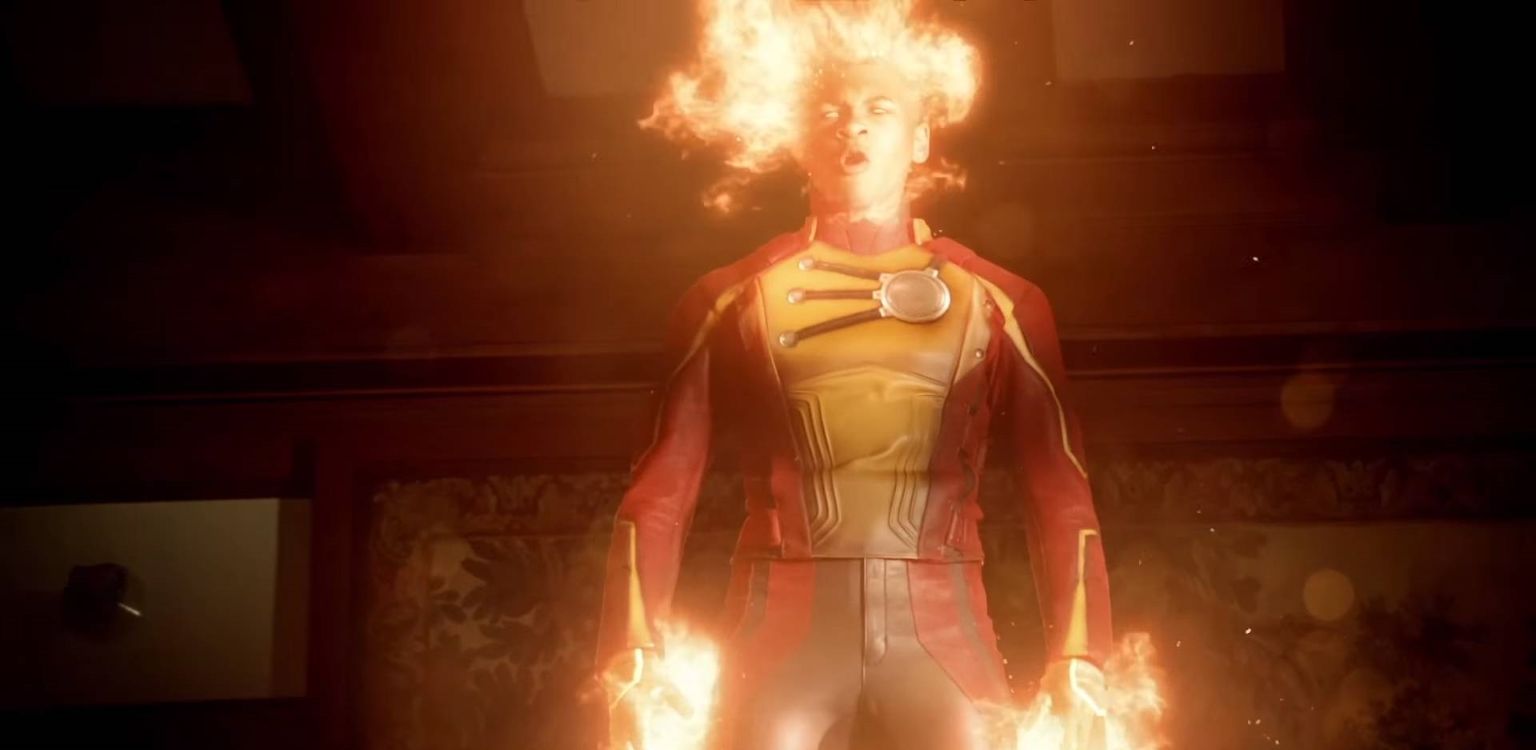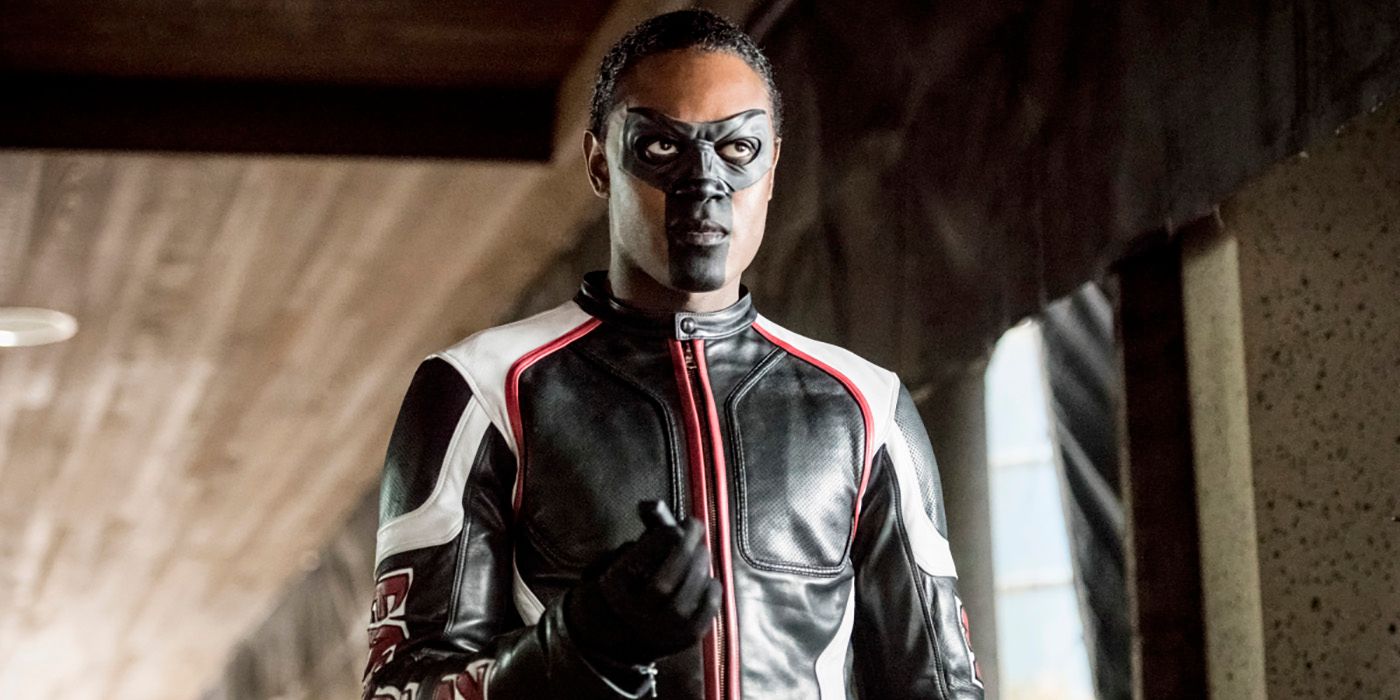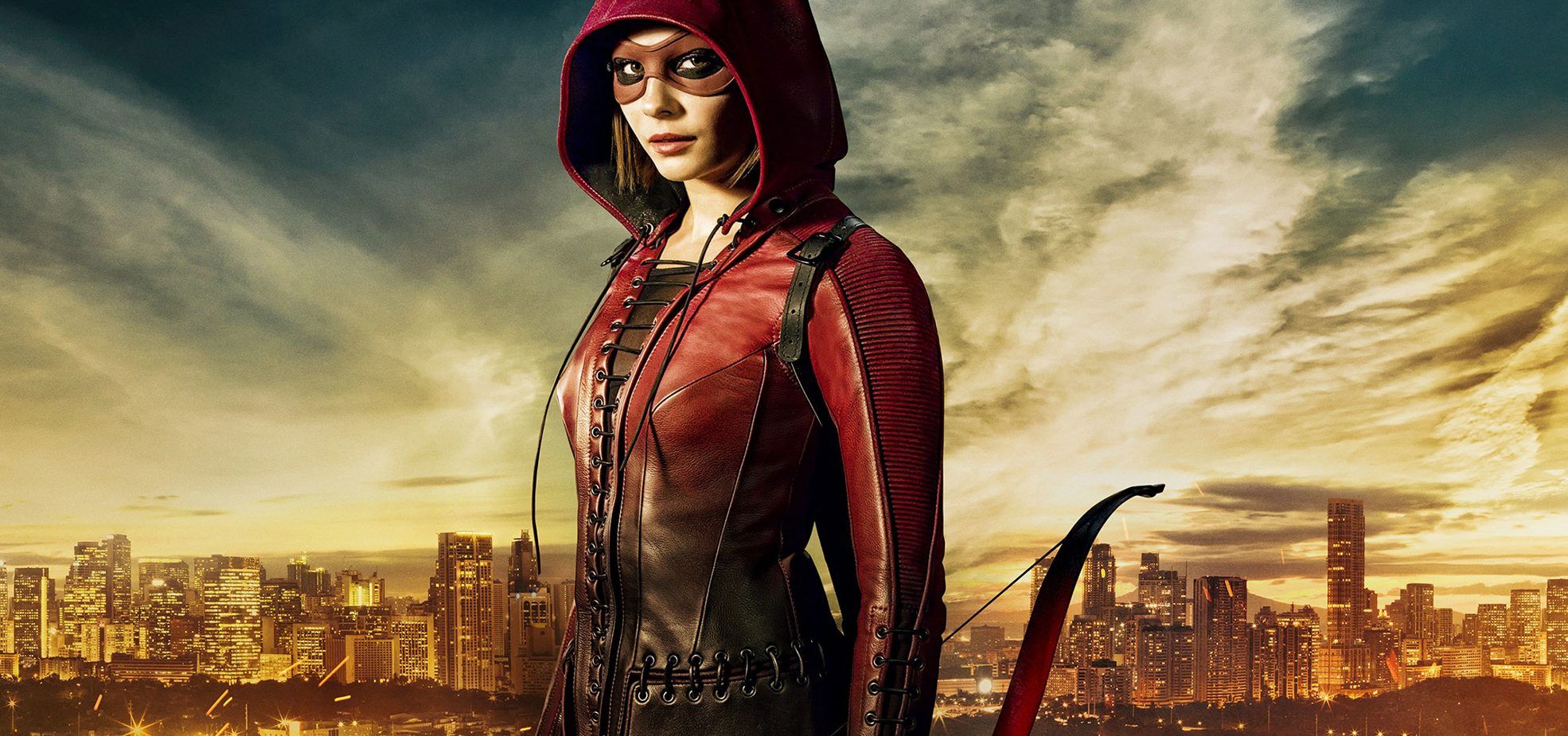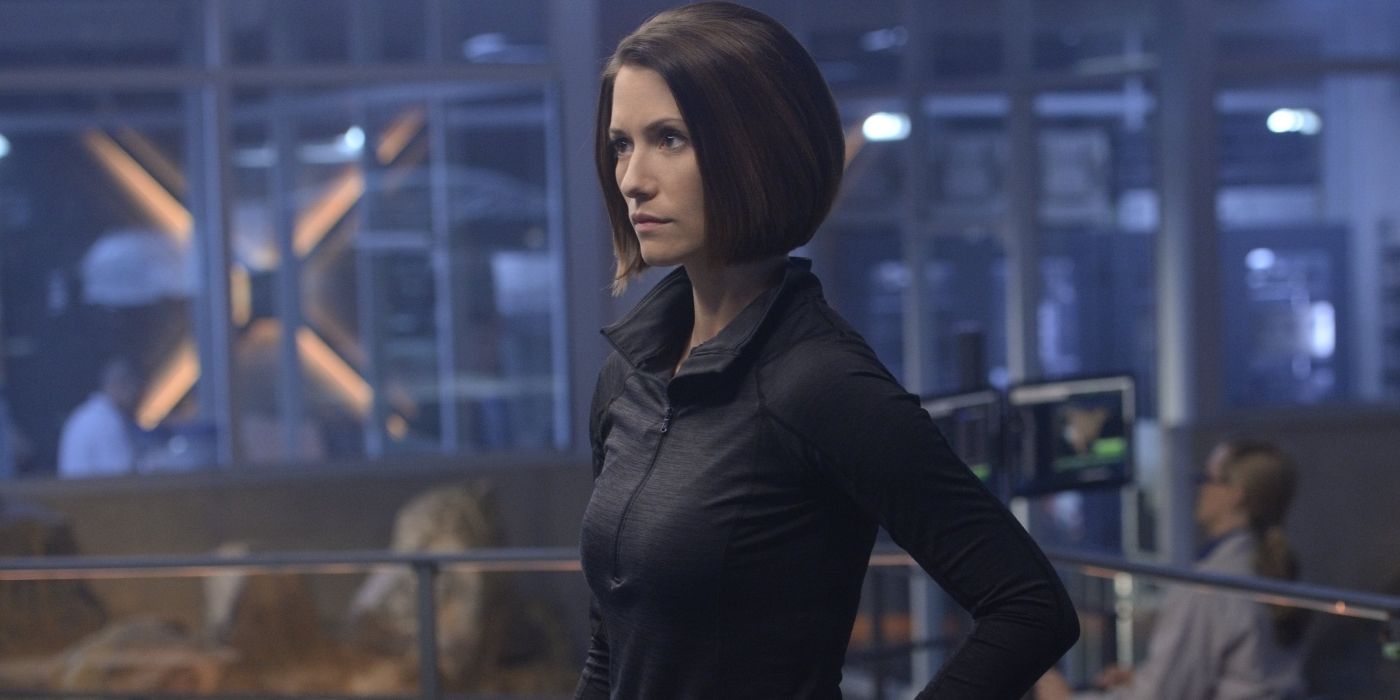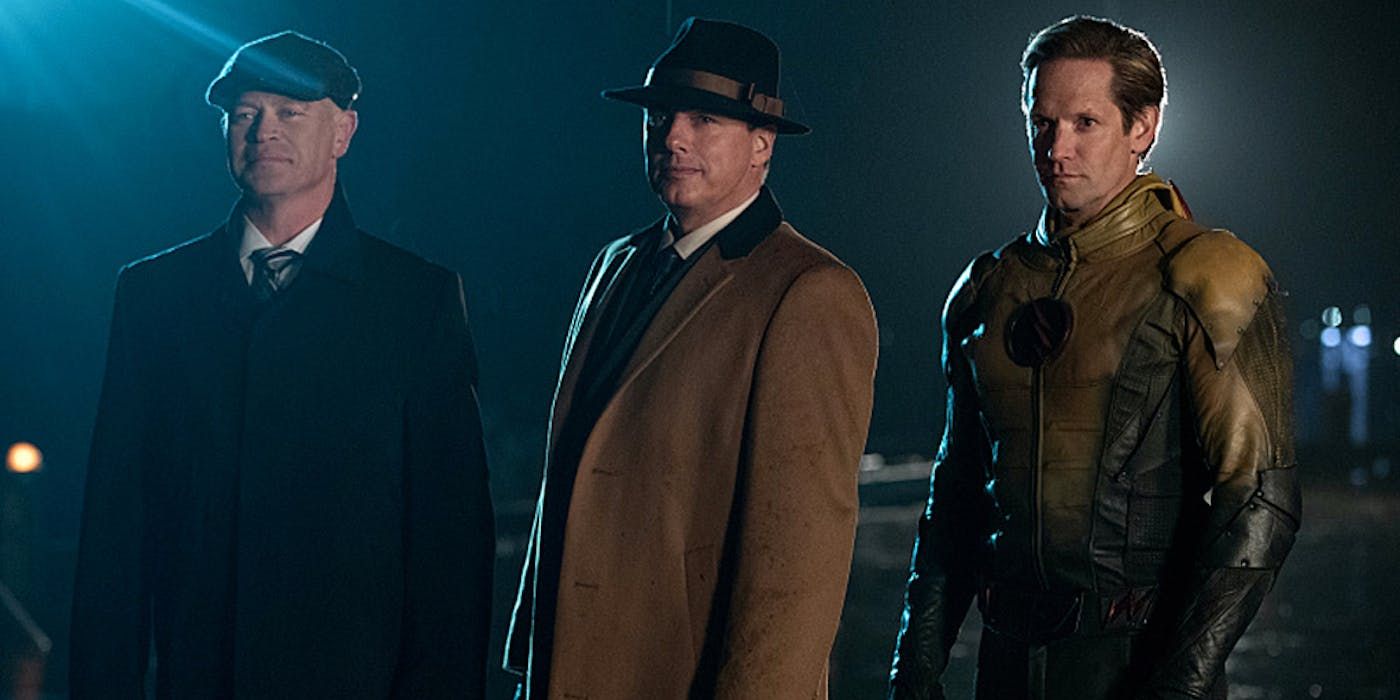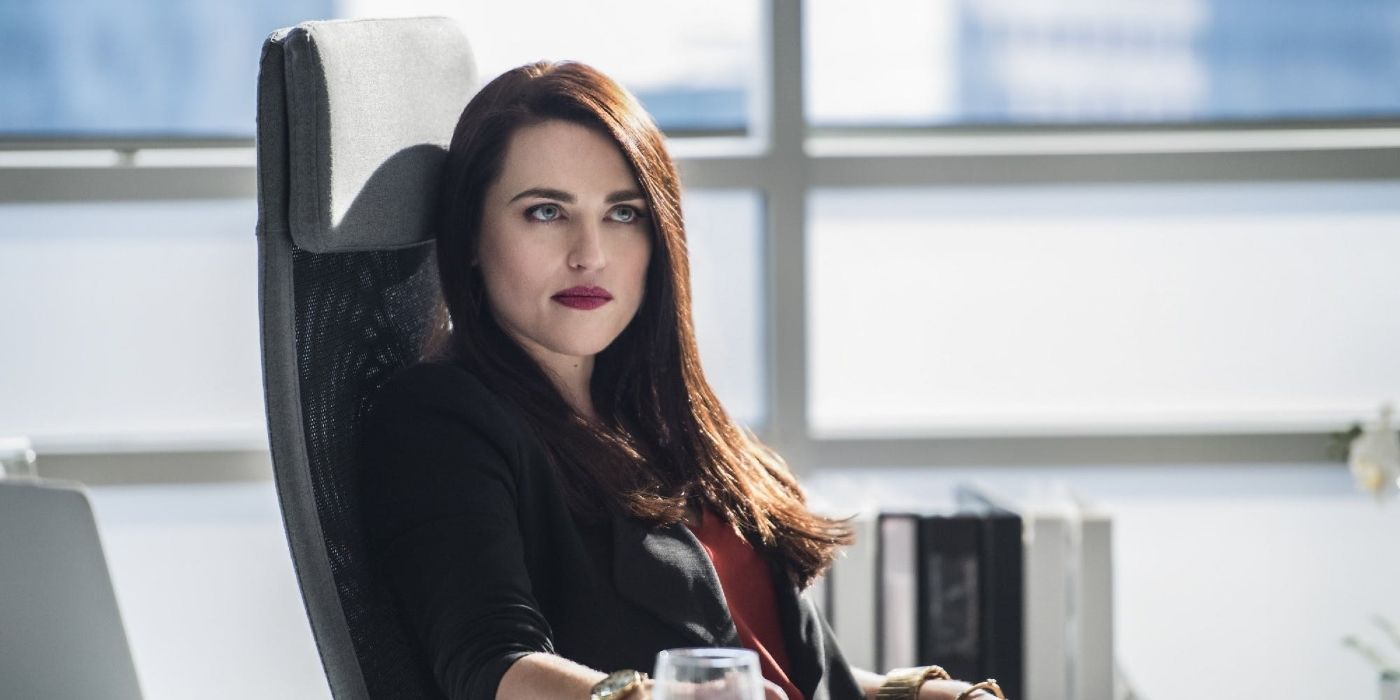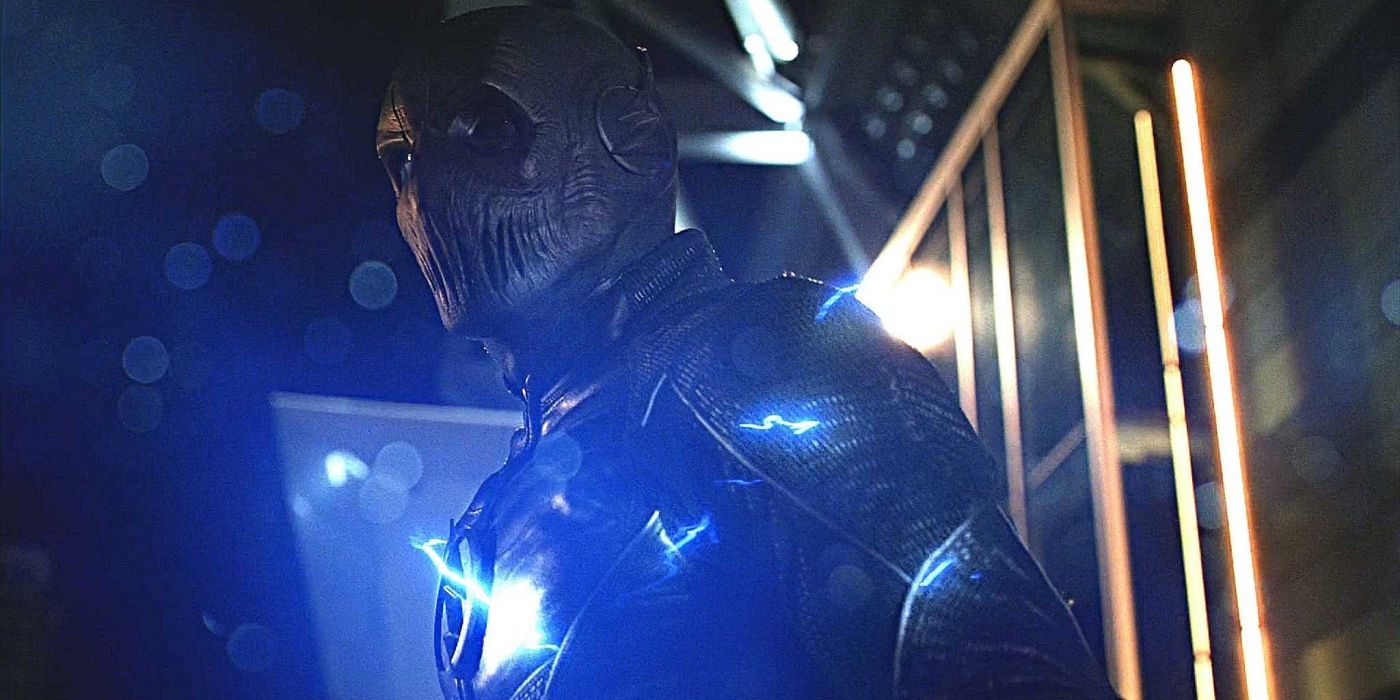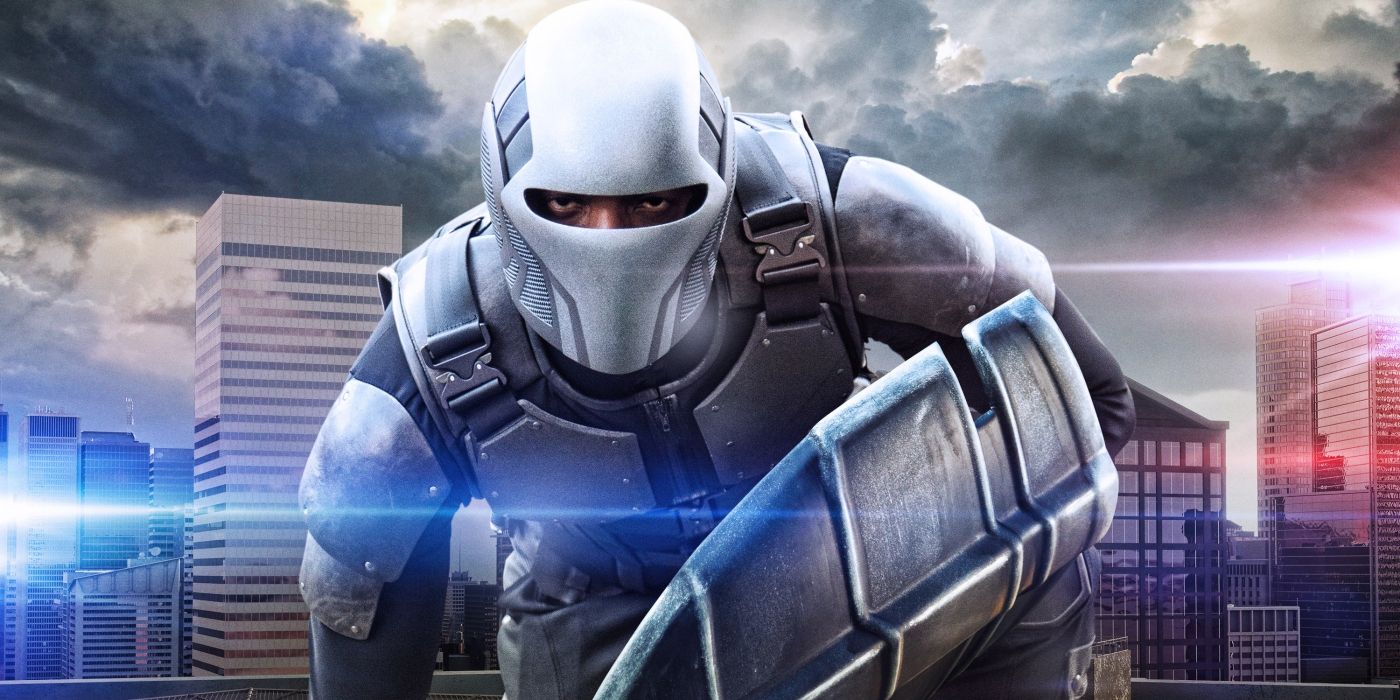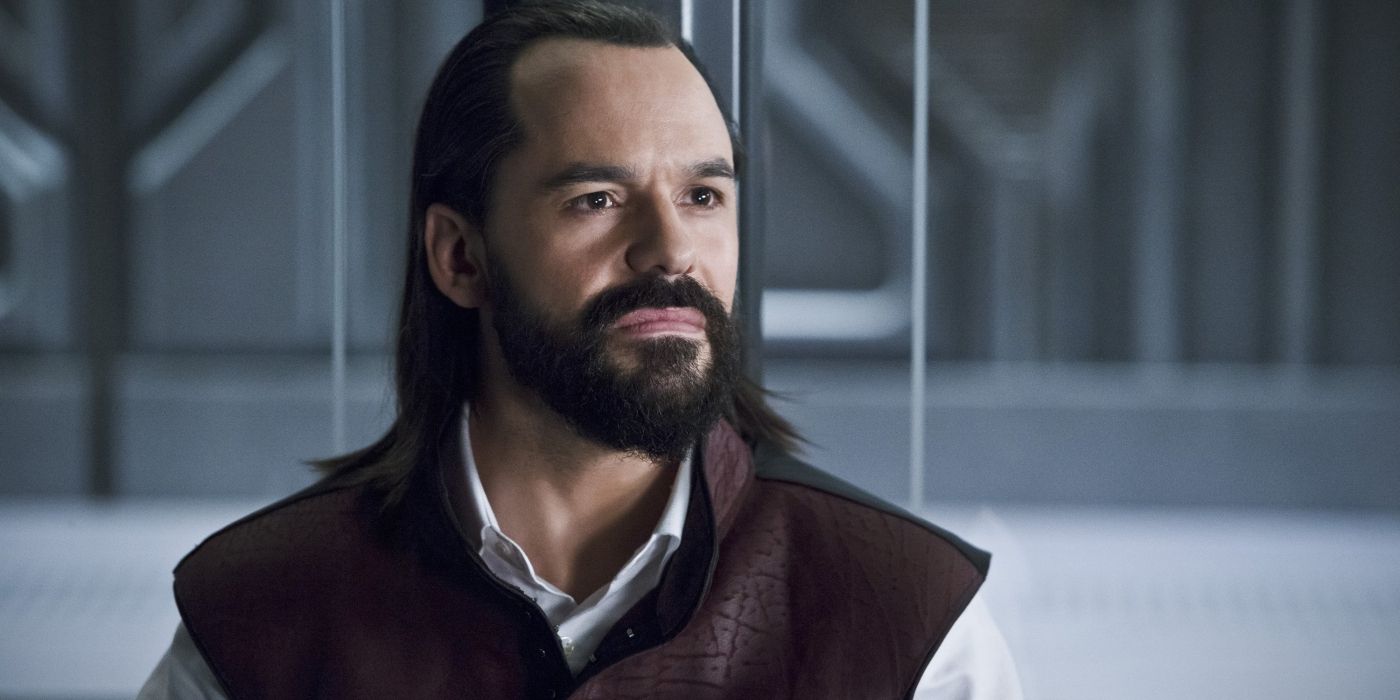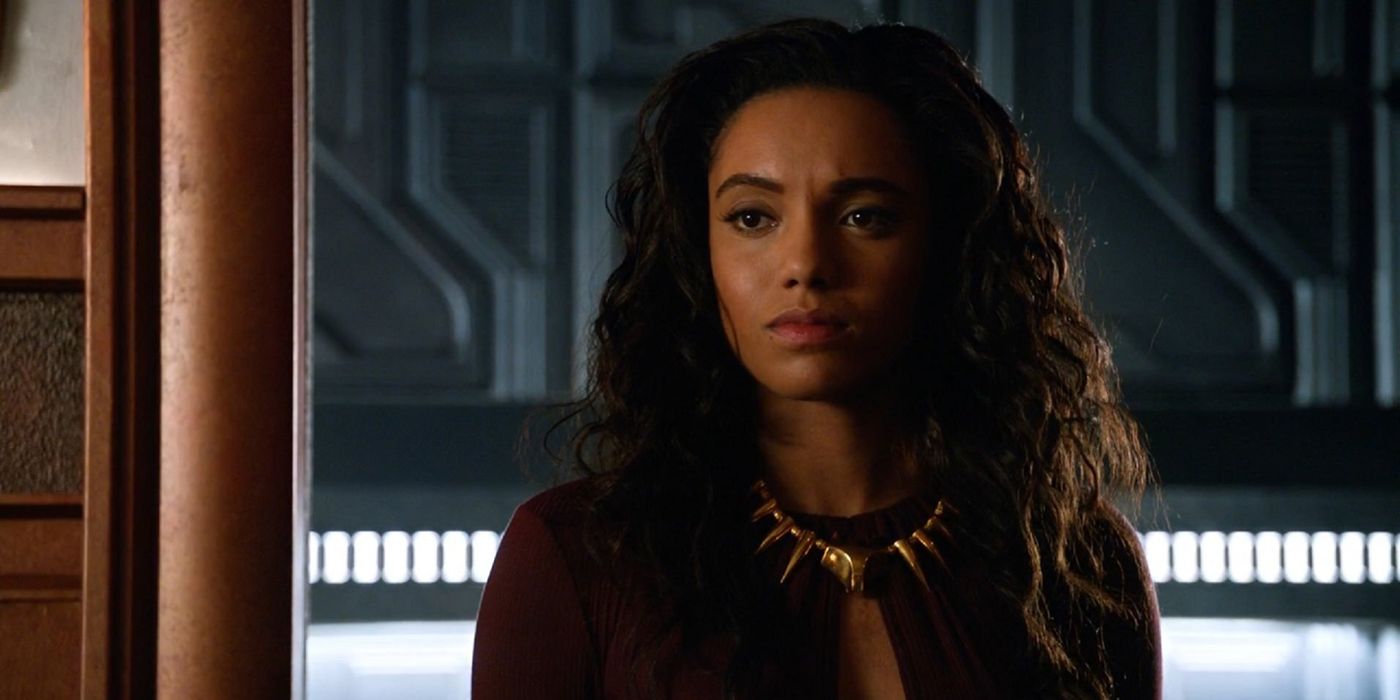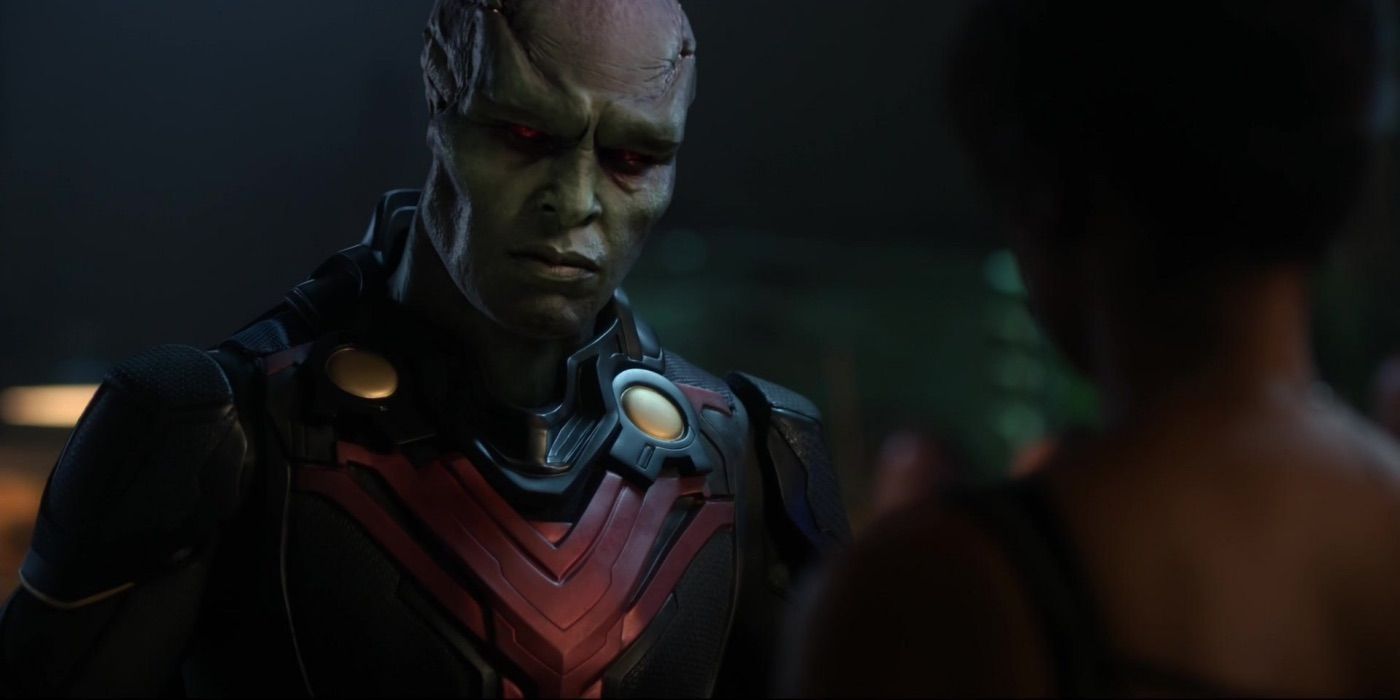Comic book fans can be a picky bunch. At this point, after decades of every piece of Marvel and DC continuity being dissected by fans and every minor change in a character's story or costume being picked apart, it's obvious that comic book devotees take this stuff very seriously. This has extended into the realm of film and television, with every adaptation being studied by fans for its reverence (or lack thereof) for the source material. When bringing a comic book to the screen, sometimes filmmakers are able to translate elements entirely faithfully. After all, movies like Zack Snyder's Watchmen and 300 feel like exact translations of the source comics, with entire passages of dialogue relayed verbatim and shots that 100% recreate iconic panels. But, on the other hand, sometimes changes need to be made in order to translate a comic into the different medium, as some things simply wouldn't look good on screen when played out by actors. Perhaps the best example of this is the original X-Men movies changing the team's traditional yellow and blue costumes to uniform black leather.
Of course, over the superhero movie boom of the 2000s these restrictions have lessened and audiences are now very familiar with costumed heroes and their weird and wonderful stories, but there are still huge amounts of aspects that are changed in any adaptation. Nowhere is this more apparent than in the Arrowverse, which has played extremely fast and loose with many character's backstories and identities, but also adapted other characters very accurately. This article will look at 20 changes made to characters that will annoy only the most diehard DC Comics fans.
20 FELICITY SMOAK IS DIFFERENT
If you were a fan of The Fury Of Firestorm comics in the '80s, you might remember Felicity Smoak as the manager of a computer software firm that first opposed Firestorm, but then wound up becoming Ronnie Raymond's stepmother. Obviously, this character is nothing at all like the Felicity character introduced in season one of Arrow, who was effectively a cute geek girl moulded onto the framework of Barbara Gordon's comic book role as Oracle, Batman's tech genius/computer expert/eyes and ears when on field missions.
This huge change might have annoyed some diehard fans, but to be honest the TV Felicity was much better and eventually was incorporated into the comics during The New 52 era in an incarnation much closer to the show.
19 SLADE WILSON'S BACKSTORY
One of the most popular villains/antiheroes in the DCU, Deathstroke was first introduced as an adversary of the Teen Titans, but over the years has also been an enemy of Batman and Green Arrow. In the comics, Slade Wilson was a soldier chosen by the army for an experimental procedure to imbue him with enhanced physical powers.
Before this, though, he had already mastered every form of combat and was adept at guerrilla warfare. He then became a mercenary for hire, known for having a personal code of honor. In Arrow, Slade was an Australian Secret Service agent marooned on the island Lian Yu with Oliver Queen. He became Oliver's mentor, training him to fight, but he later went insane after taking the "mirakuru" super soldier serum.
18 SARA LANCE WASN'T THE FIRST BLACK CANARY
Arrow's treatment of the Black Canary character has been, to put it mildly, all over the place. But then, her comic book history is a bit messy too. In the post-Crisis On Infinite Earths continuity, Black Canary is Dinah Laurel Lance, and she inherited the role from her mother Dinah Drake Lance.
Fans have now known Canary as Dinah for over 30 years. Arrow decided to create a brand new character, Sara Lance, to function as the Canary initially but after she perished, the mantle was taken up by her sister Laurel, a lawyer with no fight training who audiences already disliked. Sara then came back to life and now goes by White Canary and is the leader of the Legends. All of this might anger some fans, but we let it slide because Sara Lance is a totaly great character!
17 STARLING CITY INSTEAD OF STAR CITY
One of the most arbitrary changes made by the Arrow producers was their decision to call Oliver Queen's hometown 'Starling City' instead of 'Star City', which has traditionally been Green Arrow's stomping ground. Executive Marc Guggenheim explained that, due to their desire to keep it a grounded street-level show, they felt the name Star City would have sounded too 'science fiction-y'.
Eventually, as the Arrowverse grew and the shows became populated with a host of superpowered characters, the city was rebranded Star City in the hope of distancing itself from the attacks by Malcolm Merlyn and Slade Wilson in seasons one and two. Which is all an overly complicated way of fixing something that shouldn't have been changed to begin with!
16 RA'S AL GHUL IS A MANTLE
The Arrowverse version of Ra's Al Ghul was very faithful to the comics, albeit with one massive difference. He led the League Of Assassins, sustained himself with a Lazarus Pit, lived in Nanda Parbat and had a daughter named Nyssa. So far, so good. But the deviation that angered some fans was the fact that the show portrayed 'Ra's Al Ghul' as a moniker passed down to successors, as opposed to Ra's himself being a 600-year-old immortal man.
After challenging Ra's to a trial by combat, Oliver Queen was seemingly ended but survived. This lead Ra's to believe Oliver was destined to become the new Ra's, as he survived his blade. Oliver refused the mantle and Ra's then waged war on Starling City and mortally wounded Thea to pressure him into taking the title.
15 THE PARTICLE ACCELERATOR EXPLOSION
The initial set-up of The Flash TV show had some key differences from the comics. One was in the nature of how Barry Allen attained his speed powers. In the show, Harrison Wells' Particle Accelerator exploded during a thunderstorm, sending a pulse of energy out across Central City. Barry Allen was bombarded with this energy while working in his crime lab, then was struck by lightning which threw him into a cabinet of chemicals.
The Particle Accelerator explosion easily allowed writers to explain how criminals gained their powers and this led to antagonists for The Flash; a similar conceit had been used with the meteor shower in Smallville. In the comics Barry was just struck by a freak lightning bolt -- there was no Particle Accelerator to be found.
14 JOE WEST
Joe West is one of the best things about The Flash and Jesse L. Martin does superb work imbuing the character with warmth and dignity at all times. But Joe West doesn't exist in the comics; the man who raised Barry Allen (at least in The New 52 continuity) after his mother passed and father was imprisoned was Darryl Frye, the CCPD Captain.
Barry Allen working in the Police Department with his father figure clearly inspired the creation of Joe, but the producers then also depicted Iris West, Barry's great love, as Joe's daughter. This added an extra wrinkle of Barry and Iris being raised as surrogate siblings, yet also having strong romantic feelings for each other. Which in other hands would've been weird, but somehow played pretty well on the show!
13 CISCO RAMON/VIBE
Cisco Ramon, played so charmingly by Carlos Valdes on The Flash, is a very different character from the comic book source material. In the comics he is Vibe, a fairly obscure Justice League member created in 1984, who gave up life as leader of the street gang Los Lobos to join the League. He was then downed in action in 1987 and has only made sporadic DCU appearances since then, with his main claim to fame being a 10-issue solo title in 2013.
In the show, Cisco has evolved into a version of Vibe, but even before this his character was better in every conceivable way. A mechanical engineering genius, he is an important member of Team Flash, and his enthusiasm and pop culture references have made him highly relatable to fans. We love Cisco.
12 IRON MAN + BLUE BEETLE = THE ATOM
Brandon Routh's Ray Palmer/The Atom is very much a hodge-podge character. Like in the comics, he is a brilliant scientist who developed micro-technology that enabled him to shrink himself to sub-atomic level. But the show also made him CEO of his own tech company, Palmer Technologies, which is not the case in the comics.
He also built himself a high-tech suit of armor to fight crime; again, not like the comics. In the end, he is a mix of Ted Kord/Blue Beetle, a DC hero who runs his own tech company, and Iron Man, Marvel's brilliant inventor/industrialist who battles evil in a suit of armor. Arrow producers even revealed that Ted Kord was who they initially wanted to use, but DC had other plans for the character and veto'd his inclusion.
11 JEFFERSON 'JAX' JACKSON
The comic book history of Firestorm is a continuity nightmare that would be impenetrable to a new reader. All in all there have been six characters who have called themselves Firestorm at one point or another, yet Jefferson Jackson was never one of them. The traditional Firestorm set-up was the merging of Professor Martin Stein and Ronnie Raymond, and this was how the show first introduced the characters.
But then they brought in Jax, whose only appearances were as Ronnie's friend and teammate on the high school football team in Firestorm #1-#34 (1982-85). The show kept his footballing background, but then also mixed in elements of the fourth comic book Firestorm: Jason Rusch, a 17-year-old whose family had financial difficulties.
10 CURTIS HOLT
The modern age version of Mister Terrific is Michael Holt: the third smartest man in the world, a gold medal-winning Olympic decathlete and a self-made multi-millionaire. Oh, and someone who possesses 14 PhDs in topics like engineering, mathematics, law and physics. To be fair, faithfully translating that character 100% to the small screen might have stretched real-life credulity, so the Arrowverse was maybe right to alter him somewhat, but many observers feel their version (Curtis Holt) has been diminished too much.
While he has been very important for LGBTQ representation (as Curtis is portrayed as a happily married gay man), his role as a tech genius inspired by Green Arrow to become a vigilante hasn't been overly compelling.
9 THEA QUEEN
The Arrowverse has a penchant for mixing and matching comic book characters in their shows, and Thea Queen's superheroic Speedy identity is another example of that. Thea doesn't exist in the comics -- Speedy was Roy Harper's identity when he was Green Arrow's teenage sidekick. Roy became an important character in Arrow as well, but never went by Speedy, instead being known as Arsenal and Red Arrow (both genuine comic book codenames Roy has also used).
His addiction story from the classic '70s Green Lantern/Green Arrow 'Snowbirds Don't Fly' storyarc was transposed onto Thea for the show. There was also a second Speedy in the comics, Mia Dearden, who had a tragic backstory of abuse and prostitution before becoming a vigilante.
8 ALEX DANVERS
Chyler Leigh's role as Alex Danvers, Supergirl's adoptive Earth sister and alien-hunting Department Of Extranormal Operations field agent, has been one of the most well-received aspects of the show. The character was created specifically for TV, likely as a way to give Supergirl a familial tie on Earth she can love and confide in (as the producer's were unable to use Superman initially).
Alex's coming out storyarc in season two was particularly important to members of the LGBTQ community and was handled with nuance, care and genuine emotion. Some comic book purists might dislike the fact that an original character has such a prominent role, but we reckon you'd have to be pretty churlish to deny that Alex is a great addition to the Supergirl story.
7 THE LEGION OF DOOM?
The Legion Of Doom originated in the classic Hanna-Barbera Challenge Of The Super Friends cartoon in the late '70s. A collection of the Justice League's greatest foes, the animated version featured Lex Luthor, Black Manta, Scarecrow, Captain Cold and Bizarro, amongst others. Scott Snyder's current Justice League comic book run also features the Legion, and this time the group is comprised of Luthor, The Joker, Sinestro, Gorilla Grodd, Black Manta and Cheetah.
Given that both these incarnations are filled with genuine DC A-list villains, it might have been disappointing for fans when they realized the Arrowverse version would only include Malcolm Merlyn, Damien Dahrk and Eobard Thawne (Reverse-Flash) -- not quite the same level.
6 LENA AND LILLIAN LUTHOR
Smallville made great use of Michael Rosenbaum's Lex Luthor over the course of its lengthy run and also introduced the world to his conniving father Lionel Luthor, a character who had never appeared in the comics. Supergirl emulated that show in their depictions of the female half of the Luthor clan, Lena and Lillian, one of whom has very little comic book history (Lena) and one of whom was virtually an entirely new character (Lillian).
In Lena's few comics appearances she has been both Lex's paralyzed sister in one continuity and his permanently unconscious daughter in another, so maybe it's a good thing that the Arrowverse decided to throw all that nonsense out, even if purists might be miffed that the TV version is so different!
5 HUNTER ZOLOMON/ZOOM POSING AS JAY GARRICK
Calling the version of Zoom/Hunter Zolomon portrayed by Teddy Sears a 'loose adaptation' of the comic book character would be a huge understatement. The show's producer's risked the wrath of fanboys everywhere by having Zolomon impersonate Jay Garrick, the Golden Age version of The Flash that is beloved (and still appears in comics) to this day, before revealing himself as a villain.
While Zoom did turn out to be a formidable antagonist and a truly scary on-screen presence, this fast-and-loose messing with a sacrosanct character was definitely uncomfortable for some. The show did get back in fans' good graces, however, when John Wesley Shipp (who played Barry Allen in the 1990 The Flash TV show) was revealed as the real Jay Garrick from Earth-3.
4 JAMES OLSEN BECAME GUARDIAN?!
One Supergirl character that has been resolutely rejected from day one is James Olsen, the show's race-swapped and narratively confused version of Daily Planet photographer Jimmy Olsen. The idea of playing against expectations to make Jimmy a handsome and confident love-interest for Kara Danvers was good in theory, but the writers never seemed to figure out what they wanted to do with him.
The romance angle was dropped early in season two and then they combined James with the DC hero Guardian, to middling effect. Fans didn't like the idea of him as an armored vigilante any more than they liked him as a self-assured grown-up with designs on Kara. Perhaps, in hindsight, a more faithful young and geeky Jimmy Olsen would've been the way to go.
3 VANDAL SAVAGE
One of the greatest villains in DC history, Vandal Savage is an immortal who has existed since the dawn of time and has gone by many (infamous real-life) aliases: Alexander the Great, Julius Caesar, Genghis Khan, Jack the Ripper, Blackbeard and Napoleon Bonaparte. He may also have been Cain, who ended his brother Abel in the Bible, thereby introducing the idea of murder to the human race.
Admittedly, all of this history would be impossible to deal with in one television show, but the fact that the producers merged Savage with Hath-Set, an Egyptian Priest who offed Prince Khufu and Priestess Chay-Ara (Hawkman and Hawkgirl) certainly diminished his character somewhat. This streamlining of a classic villain didn't sit well with many fans.
2 AMAYA/VIXEN IS AN ENTIRELY NEW CHARACTER
In 2015, an animated Arrowverse show based on the classic Mari McCabe/Vixen character debuted on CW Seed. She was voiced by Megalyn Echikunwoke, who later reprised the role in live-action when she appeared in an episode of Arrow. She was then intended to be a major character in Legends Of Tomorrow but Echikunwoke was forced to pull out due to prior commitments.
The producers then decided to create an entirely new version of Vixen for the show: Amaya Jiwe, Mari's grandmother and JSA member. The strange thing was that Amaya had nearly identical powers to Mari and wore a very similar costume, so it begged the in-universe question of why Mari never mentioned her grandmother being basically the same hero as her, only in the 40s.
1 J'ONN J'ONZZ NEVER POSED AS HANK HENSHAW
Surprisingly, in 2015 it was revealed that the idea of David Harewood playing J'onn J'onzz on Supergirl was initially floated as a joke by producers Greg Berlanti, Andrew Kreisberg and Geoff Johns! Harewood was already cast as Hank Henshaw, head of the DEO, which had already ruffled some feathers as in the comics Henshaw is Cyborg Superman.
He was told two weeks into production that his character was really J'onn J'onzz, who had taken Henshaw's place after ending the real man in self-defence. To make things even more complicated, a cyborg version of Henshaw (also played by Harewood) later appeared in the show. All of this messiness angered some fans, but all was well in the end as Harewood turned out to be an excellent Martian Manhunter.

